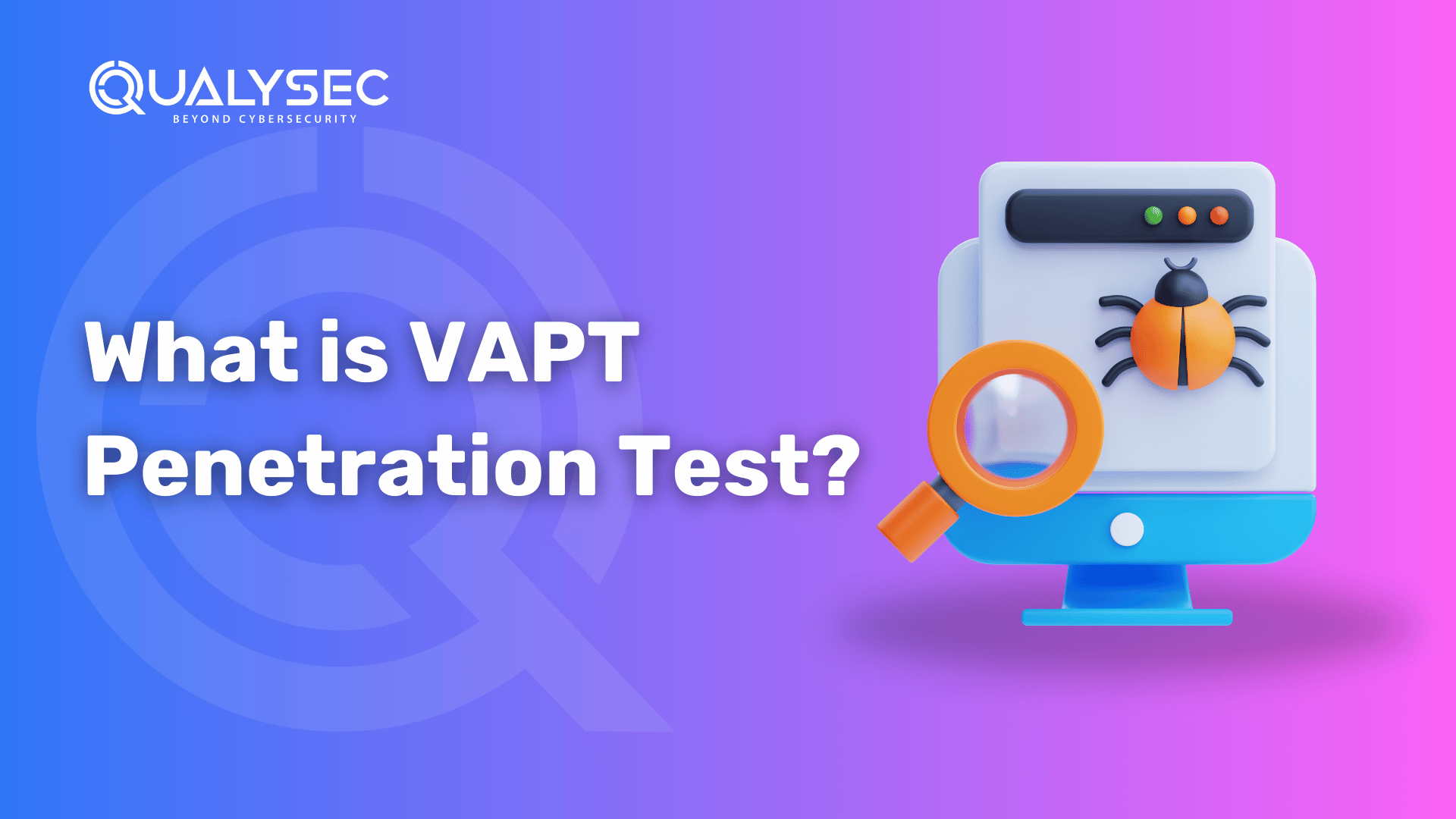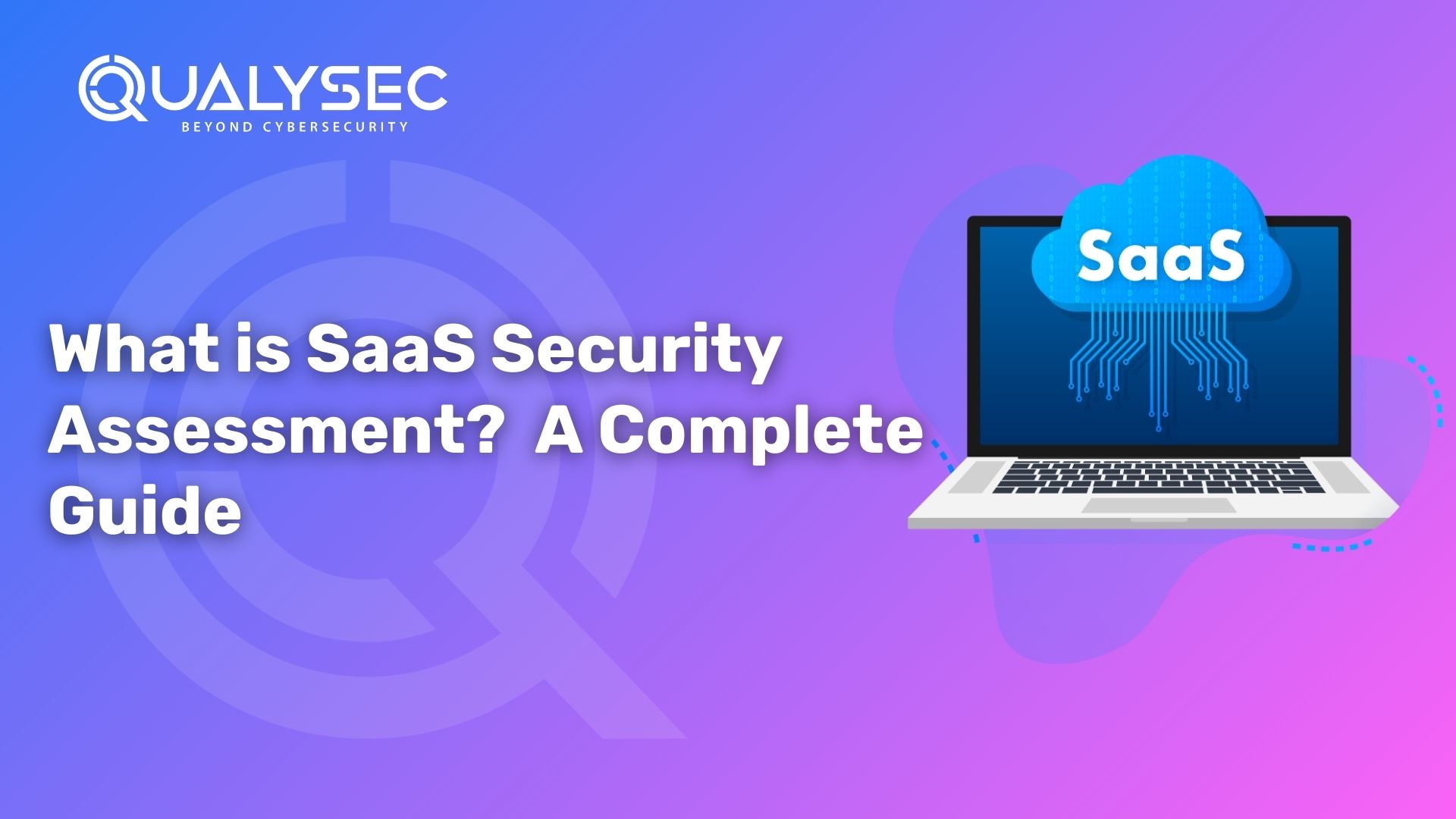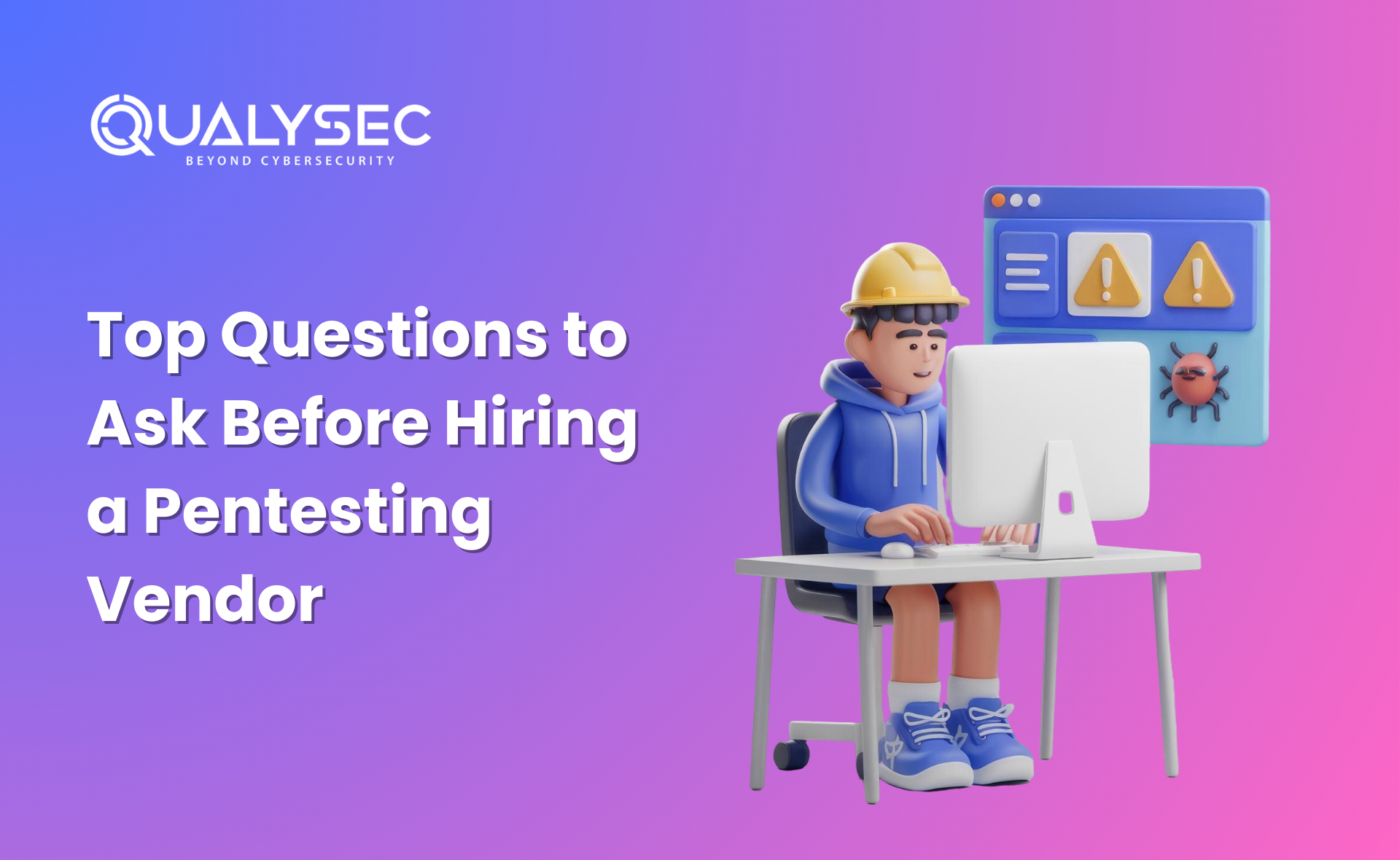What Is CREST Penetration Testing? Benefits & Importance

Five years from now, cybersecurity will face greater challenges and even higher risks. Currently, the global cybersecurity penetration testing market is worth $4.1 billion, and experts predict it will increase at a strong annual rate of 13.1% until 2033, due to more challenging cyber attacks, broader cloud use, and stronger data privacy rules. Commonly seen in Singapore but happening elsewhere in the Asia-Pacific region as well is a strong increase in the need for advanced testing like CREST penetration testing due to government support, increased digitalization, and the Smart Nation goal.
Data protection and security of their infrastructure are increasingly difficult tasks for Singapore’s public and private sectors. The introduction of CREST in Singapore with the Cyber Security Agency and the Association of Information Security Professionals opens the door to establishing regular, accepted standards for penetration testing worldwide. The timing for Meta’s move is right, considering the market for Penetration Testing as-a-Service (PTaaS) is predicted to reach $2.33 billion by 2025, at a rate of 22.1% CAGR growth. The risk is significant – any data breach can cost Singaporean companies many millions in actual losses and cost them valued clients.
Since then, CREST has made penetration testing the leading method for companies looking for thorough, ethical, and strong security checks. Qualysec Technologies is here to explain what penetration testing through CREST is, outline its approach, and highlight why it matters to Singaporean businesses in the coming years.
What is CREST Penetration Testing?
CREST penetration testing is a directed security assessment carried out by CREST-approved professionals. The goal is simply to identify and break into the systems, applications, and networks before any hackers do.
Penetration testers who are certified by CREST must show that they have advanced skills, know the most recent threats, and act ethically. The system is well-defined, consistent, and follows worldwide regulatory rules.
Repercussions of Not Conducting CREST
Increased Vulnerability to Cyber Attacks – Organizations that do not regularly conduct CREST penetration testing are at a greater risk of missing important vulnerabilities, which can easily attract cybercriminals. Ignored vulnerabilities can give attackers entry, causing data to be exposed, ransomware to strike, and normal operations to be interrupted.
Violations of Regulations and Penalties – Routine penetration testing is required in many sectors, including finance and healthcare, to relieve Singapore businesses from specific rules like PCI-DSS, GDPR, and MAS TRM. If you cannot present proof of CREST testing, you may be heavily fined, sued, or required to stop business operations.
Damage to Trust – If vulnerabilities are not resolved, the outcome of a data breach can be very damaging to an organization’s reputation and faith in its products or services. Both customers and partners expect businesses to provide proof of strong security, involving CREST-certified testing, when they interact.
Failing to Notice Advanced Threats – Accredited testers with CREST certifications use the latest techniques to find complex hacker attacks that can escape automated or unaccredited testers. Without detection, vulnerabilities can be used by threat actors to step up their privileges, steal information, or keep accessing the system.
Loss of Capital – The use of untested systems in cyber can cause data centers to shut down, lose important data, and spend a lot of money on dealing with the incident. When CREST testing is not done, the costs can quickly rise above what is spent on proactive security assessments.
Competitive Disadvantage – Many organizations today lack CREST penetration testing, which may hold them back from acquiring contracts and other opportunities, since clients now require proof that a company complies with security rules. Because it is recognized worldwide, organizations holding a CREST certification advantage in both markets where they operate and in those they want to enter.
No Incident Response – Penetration testing prepares the team for actual incidents, so they are better prepared to react. The lack of this could mean organizations are slower to respond to real cyber threats, so that attacks can cause more harm.
CREST Penetration Testing Process
1. Pre-engagement
At first, the steps include setting the boundaries, goals, and working conditions.
Testers with a CREST certification work with others and decide which assets, for example, cloud infrastructure, payment gateways, or IoT devices, require testing and where the testing will be done.
Laws and codes of practice are in place, and both NDAs and necessary permissions are granted to preserve the organization’s systems.
With this approach, CREST ensures the testing follows both the goals of the business and regulations from Singapore, such as PDPA and MAS TRM.
2. Collecting Data & Using Threat Models
Testers use Nmap, Shodan, and DNSdumpster tools to review what’s running on the network, its patch levels, and who has access.
Organizations often perform social engineering simulations, such as phishing, to evaluate their staff’s susceptibility.
Threat modeling finds the greatest attack opportunities, such as APIs left open to use and servers that have not been patched, looking at each threat’s effect on the business.
3. Testing & Exploitation
People performing pen-testing try unsafe techniques such as SQL injection, poorly set cloud buckets, or weak encryption to test for potential data breaches. These techniques have the same methods as attackers to access important information.
As an example, a hacker could enter a finance system by exploiting compromised employee accounts, posing risks in banking and healthcare.
4. Persistence Testing
At this stage, tools are used to gauge the possible period of undetected presence.
Testers will place so-called backdoors or scheduled tasks that help them replicate advanced threats.
Businesses processing sensitive data must follow this step, as it sees if IDS and incident response plans really work.
5. Reporting and Addressing Concerns
As the final output, you will prepare a document that sorts vulnerabilities by importance and explains how to address them.
With that in mind, firms might be instructed to update against a zero-day vulnerability or enforce MFA for their services on a SaaS platform.
Following the remediation, an expert checks that the problems have been solved.
The final CREST certificate proves that your systems are compliant with all audits.
6. Why This Method Works for Singapore
Having a mix of cloud, local, and old systems in Singapore means IT departments must handle them systematically. Using CREST penetration testing, risks are addressed with both explanation and by causing minimal disruption. Given that 67% of businesses in APAC are focusing on cloud security in 2025, this supports local companies in better defending themselves against threats such as ransomware to infrastructure in their region.
Note: IndiBlogHub features both user-submitted and editorial content. We do not verify third-party contributions. Read our Disclaimer and Privacy Policyfor details.















